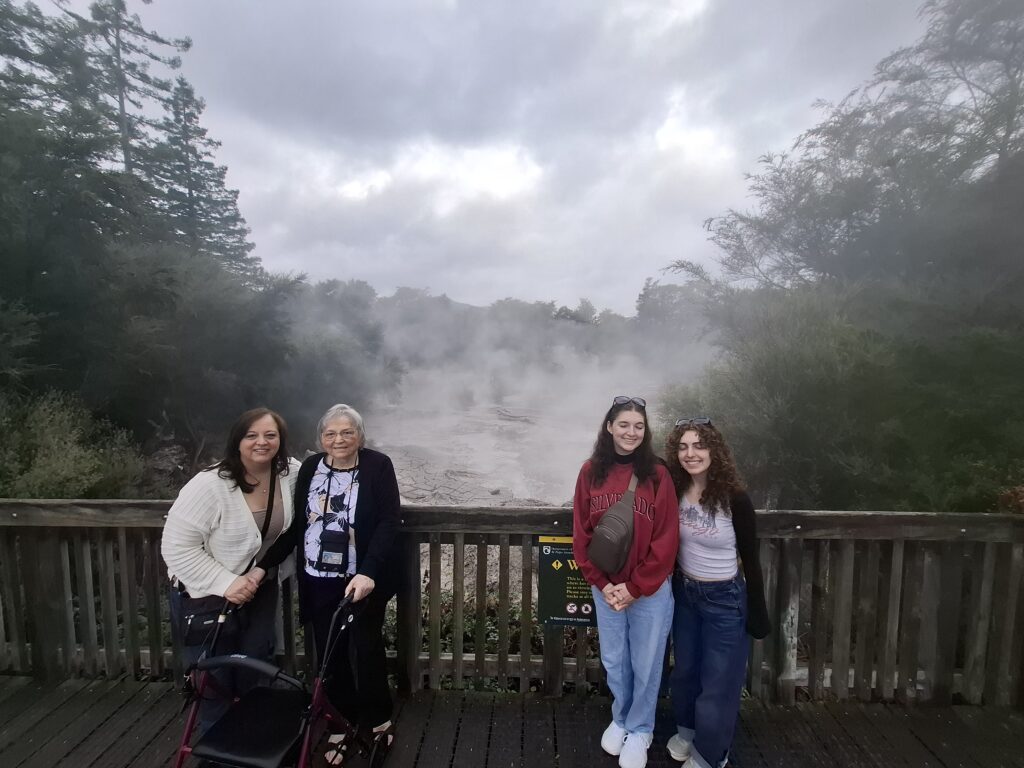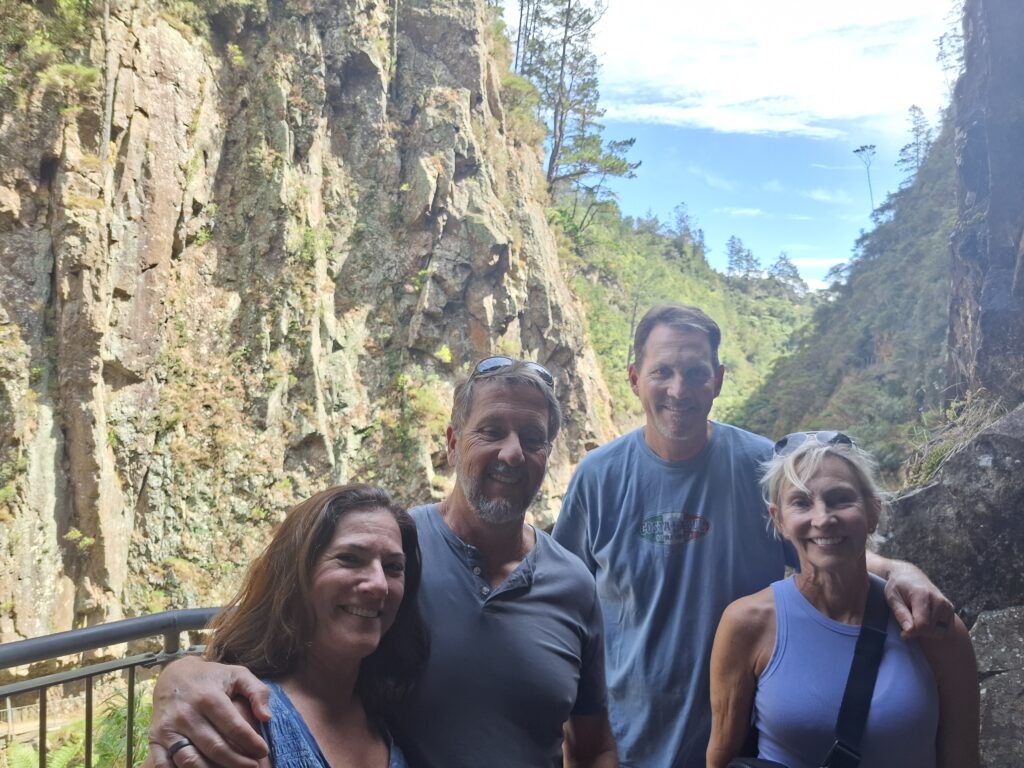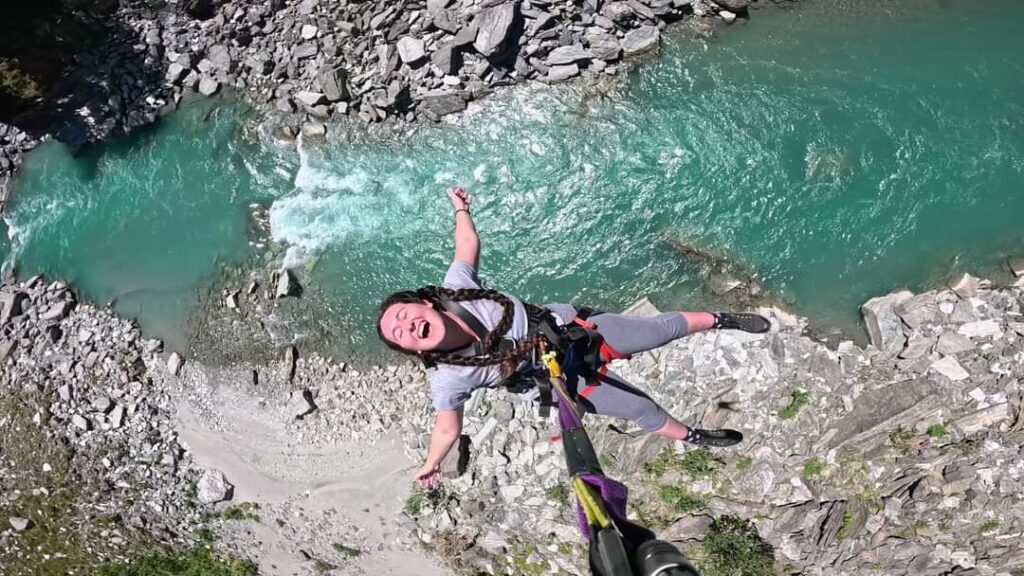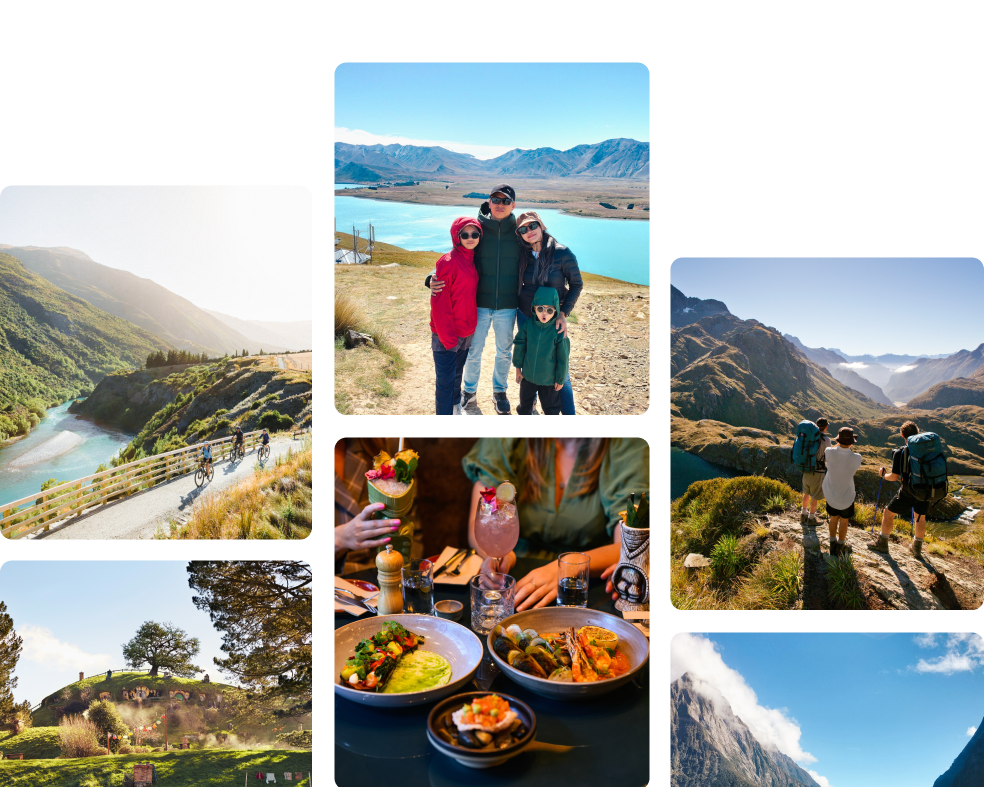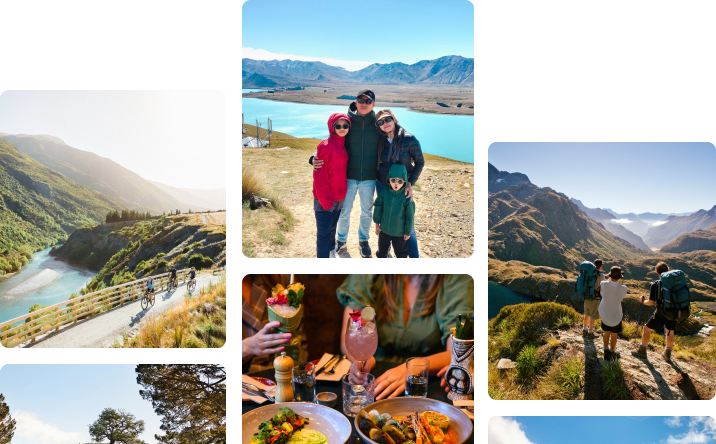Basic Facts
New Zealand is a small country in the Pacific Ocean made up of three Islands being the North Island, South Island and Stewart Island. The country as a whole is roughly the same size as Japan or the state of Colorado.
With its amazing diverse range of landscape, New Zealand is a country that is popular with visitors all year round. With regards to landscape, you will find glaciers, beautiful sandy beaches, extensive native rainforests, volcanoes, Fjords and spectacular mountain chains.
Regardless of whether you are a complete thrill seeker or prefer to take things a little more leisurely. New Zealand is a paradise to all and definitely will not disappoint.
History
About 1,000 years ago, Maori were the first to arrive from the island of Hawaiki in the Pacific Ocean by way of Waka( Maori war canoe) and managed to establish thriving tribal settlements that lasted for hundreds of years.
The first European to sight the country was Abel Tasman, a Dutchman who never managed to set foot on land, in 1642. However, it wasn’t until over a hundred years later with the arrival of Captain James Cook in 1769 that the first permanent European settlement was established. In 1840, the Treaty of Waitangi was signed, an agreement between the British Crown and Maori. It established British law in New Zealand, while at the same time guaranteeing Maori authority over their land and culture. The Treaty is considered New Zealand’s founding document.
Today New Zealand has an amazing culture that is thanks to our wonderful European and Maori heritage.
Climate
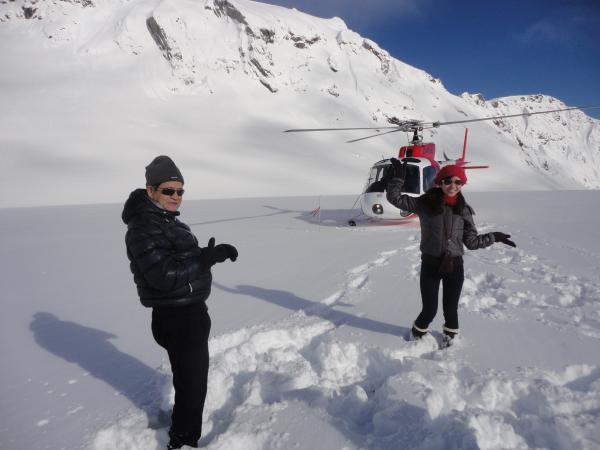
New Zealand is a moderate climate on the whole with moderately high rainfall and high annual sunshine hours. The far north has subtropical weather in summer whilst in the far south in the winter temperatures can be as low as -10 degrees Celsius in alpine areas( 14 degrees Fahrenheit).
Generally the further south you travel the cooler the temperatures. Although as most of the main centres of New Zealand lie near the coast, temperatures often remain relatively mild throughout the year.
In summer the average temperature is between 20-30 degrees Celsius (68-86F) while in the winter they are between 10-15 C(50F-59F).
Seasons
As New Zealand lies in the Southern Hemisphere, it has opposite seasons to those living in the northern half of the world. Summer: December – February
Autumn: March – May
Winter: June – August
Spring: September – November
However, be prepared for the fact that New Zealand is often known to have four seasons in one day, so if you are planning on outdoor activities make sure that you plan to bring clothes for all conditions.
Sunshine
Most places in New Zealand receive over 2,000 hours of sunshine a year, with the sunniest areas – Bay of Plenty, Hawke’s Bay and Nelson/Marlborough – receiving over 2,350 hours. As New Zealand observes daylight saving, during summer months daylight can last up until 10:00 p.m. New Zealand experiences relatively little air pollution compared to many other countries, which makes the UV rays in our sunlight very strong.
The sunlight here can quickly burn skin from September to April, especially between 10 a.m. and 4 p.m., even on cloudy days.
Stay in the shade whenever possible.
Wear a shirt, hat and sunglasses.
Use SPF 30+ sunscreen. Reapply every 2 hours.
Rain
New Zealand’s average rainfall is high and evenly spread throughout the year. However, it is extremely variable with areas such as Milford Sound receiving 182 days rain a year (6813mm) and areas such as Canterbury receiving less than 1000mm. The high rainfall makes parts of New Zealand idyllic for rainforests and waterfalls and horticulture.
Snow
Most snow occurs between June and October although cold snaps can happen outside these months. Most snow falls in mountainous areas such as the Central Plateau in the North Island and the Southern Alps in the South Island. Coastal areas can receive snow although rarely apart from coastal Canterbury and Otago which do receive snow in winter.
Currency
The currency in New Zealand is the New Zealand dollar.
Timezone
New Zealand is 12 hours ahead of GMT (+12GMT) between the months of April and mid-September but is +13GMT between mid-September and April otherwise known as ‘daylight savings’.
Language
The two official languages of New Zealand are English and Maori
Health and Safety
New Zealand is generally a very safe place to travel with a relatively low crime rate, few endemic diseases and a great healthcare system. However, you should take the same care with your personal safety and your possessions as you would in any other country, or at home.
Keep copies of your important documents, eg passport and credit cards, and keep them separate from the originals
Keep a record of the description and serial number of valuable items, eg digital cameras
Keep valuable items with you at all times. Never leave valuable items or documents in vehicles
Dial 111 in emergencies.
Passport
When you arrive in New Zealand you must have a passport that is valid for at least 3 months after the date that you intend to depart.
You do not need a visa or permit to visit New Zealand if you are:
A New Zealand/Australia citizen or Resident Permit holder
An Australian citizen travelling on an Australian passport
British citizen and or British passport holder who can produce evidence of the right to reside permanently in the UK (you can stay up to six months)
A citizen of a country which has a visa waiver agreement with New Zealand (you can stay up to three months).
These countries include: Andorra, Bahrain, Brunei, Chile, Denmark, France, Hong Kong,
Ireland, Japan, Latvia*Luxembourg, Mexico, Norway, Portugal***San Marino, Slovak Republic Spain, Taiwan******Uruguay, Argentina, , Belgium, Bulgaria, Cyprus, Estonia*Germany, Hungary, Israel, Korea (South ), Liechtenstein, Malaysia, Monaco, Oman, Qatar, Saudi Arabia, Slovenia, Sweden, United Arab Emirates, Vatican City, Austria, Brazil, Canada, Czech Republic, Finland, Greece*****, Iceland, Italy, Kuwait, Lithuania*, Malta, Netherlands, Poland, Romania Singapore, South Africa, Switzerland, United States of America****
* Visa waiver does not apply to people travelling on alien’s (non-citizen’s) passports issued by these countries.
** Residents of Hong Kong travelling on Hong Kong Special Administrative Region or British National (Overseas) passports.
*** Portuguese passport holders must also have the right to live permanently in Portugal.
**** Including nationals of the USA.
***** Greek passport holders whose passports were issued on and after 1 January 2006. (Greek passports issued before 1 January 2006 are not acceptable for travel after 1 January 2007.)
****** Permanent residents of Taiwan travelling on a Taiwanese passport. A personal identity number printed within the visible section of the biographical page of the Taiwan passport demonstrates that the holder is a permanent resident of Taiwan





